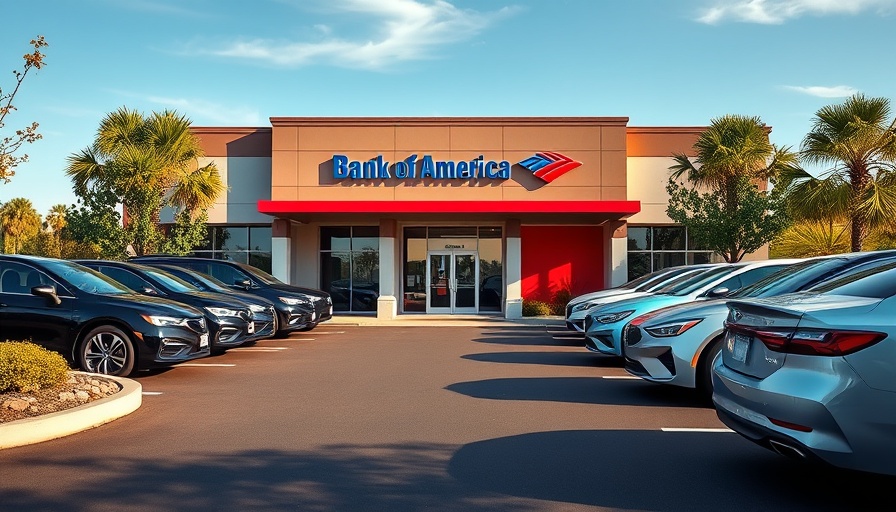
Why Settling for CPI Programs May Cost Your Dealership More
In today’s automotive landscape, many dealership principals and fixed ops directors are feeling the pinch of inflation. As costs rise, manufacturers often entice dealers with Consumer Price Index (CPI)-based programs promising automatic increases in warranty labor rates. It’s an appealing proposition, particularly at first glance. However, delving deeper uncovers a troubling reality: these programs often deliver inadequate increases that fail to match the escalating costs in labor and parts.
The Pitfalls of CPI Programs: Understanding the Long-Term Effects
The main issue with defaulting to CPI programs is the loss of control. Dealers who opt into these arrangements face constricted rate increases, typically between two and three percent annually. These modest adjustments can feel like a band-aid on a much larger financial wound, especially as technician wages and service overhead consistently trend upward. Furthermore, many CPI programs lock dealers into rigid contracts, often for three years, effectively waiving their right to pursue higher statutory rates that align closely with their actual customer-pay rates.
Unlocking Statutory Labor Rate Submissions
Rather than acquiescing to the limitations of CPI programs, dealerships have a more profitable alternative: statutory labor rate submissions. Leveraging the laws that govern warranty reimbursement allows dealerships to present increases based on genuine customer-pay rates. This strategy not only empowers dealers but also significantly boosts their profit margins.
By conducting annual evaluations of factory or statutory submissions, most dealers discover that they can secure reimbursements that are substantially more favorable than those offered by CPI programs. Typically, those who champion this approach achieve rates reflective of real market value, which adds up to considerable financial benefits over time.
Strategic Decision-Making: The Need for Proactive Evaluation
Dealership principals must adopt a proactive approach when it comes to warranty labor rates. This evaluation involves more than simply opting for the automatic route provided by manufacturers. Engaging in a thorough analysis of labor costs, market rates, and potential profit from statutory submissions can dramatically improve a dealership's bottom line.
Keeping abreast of state laws and leveraging their provisions ensures that dealers are not shortchanging their own businesses. By making empowered decisions about how to approach warranty labor rates, fixed ops directors can create a more financially sustainable shop environment.
Fostering an Informed Dealer Community
Sharing insights and actionable strategies among peers is vital. By collaborating and exchanging information regarding best practices in warranty management and labor rates, dealerships can foster a community that thrives on knowledge and best practices. This collective intelligence not only aids in overcoming immediate challenges but also paves the way for sustainable success in the automotive industry.
Ultimately, understanding the nuances of warranty labor reimbursement and advocating for a more profitable arrangement is a winning strategy for any dealership looking to navigate the complex landscape of automotive service.
 Add Row
Add Row  Add
Add 




Write A Comment